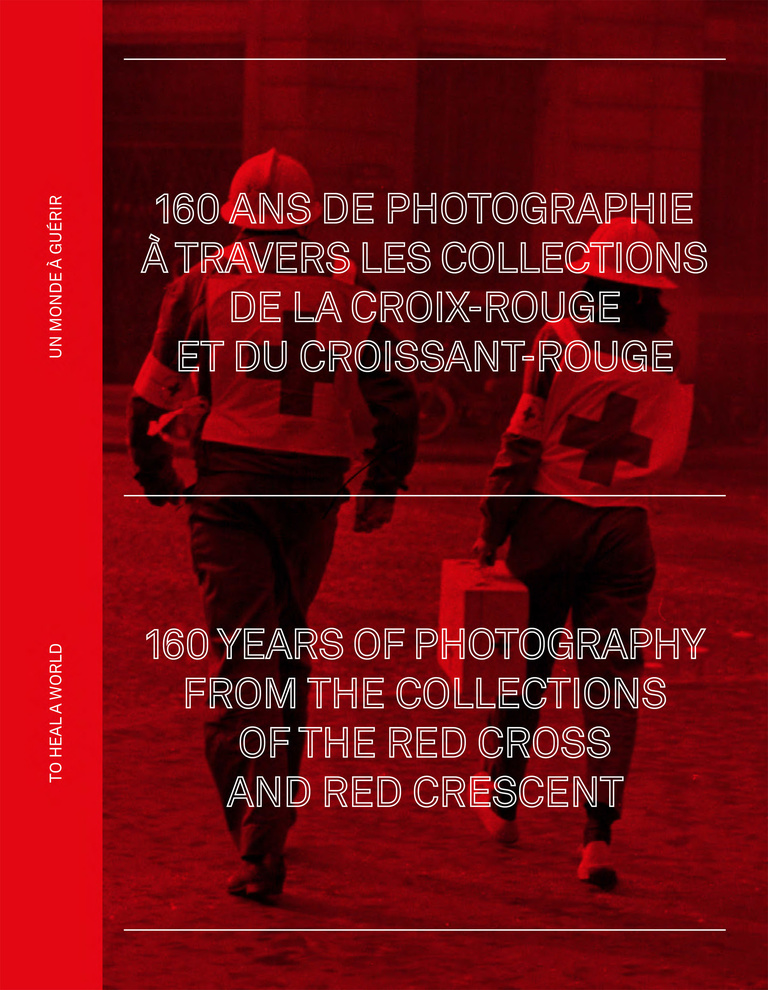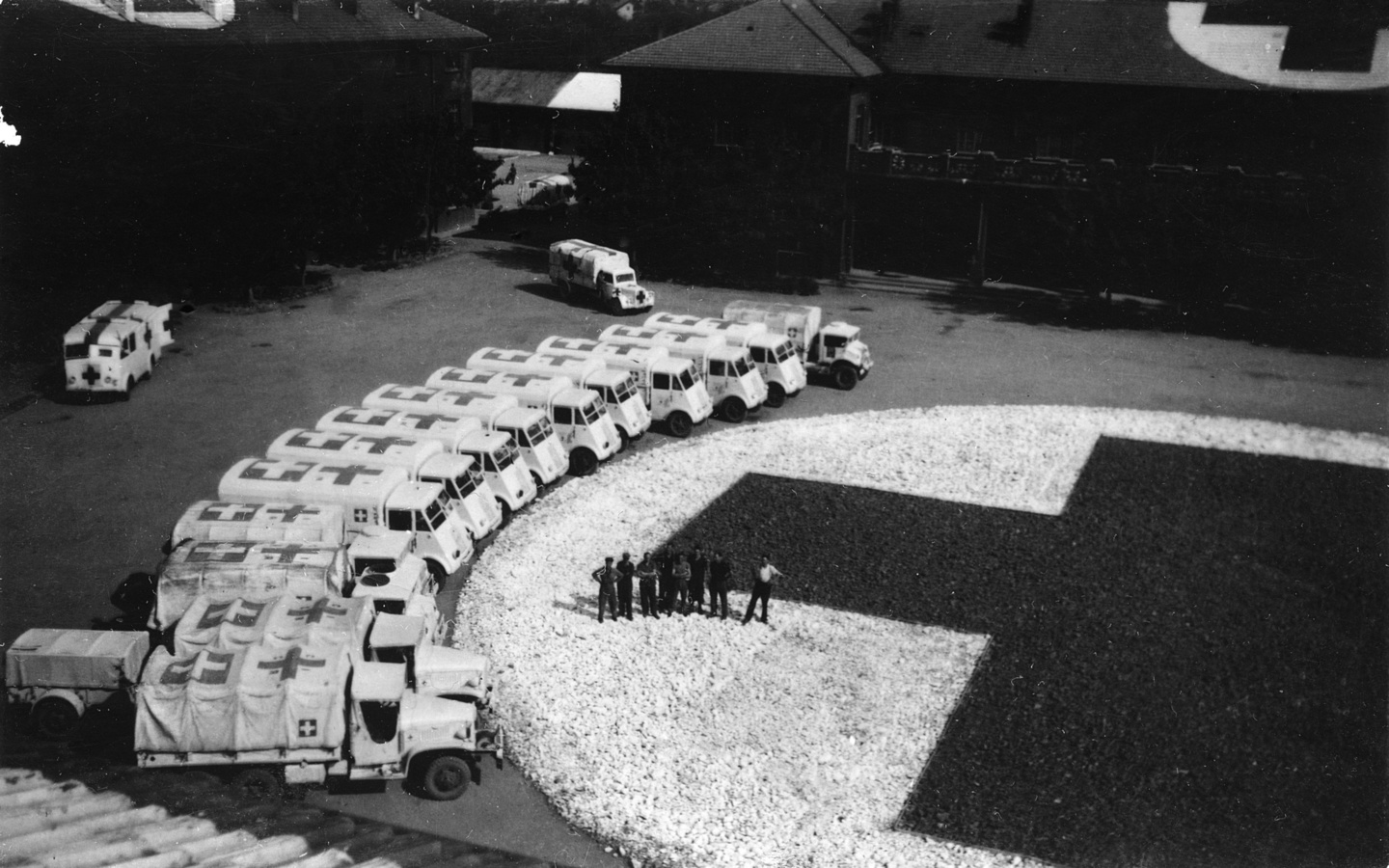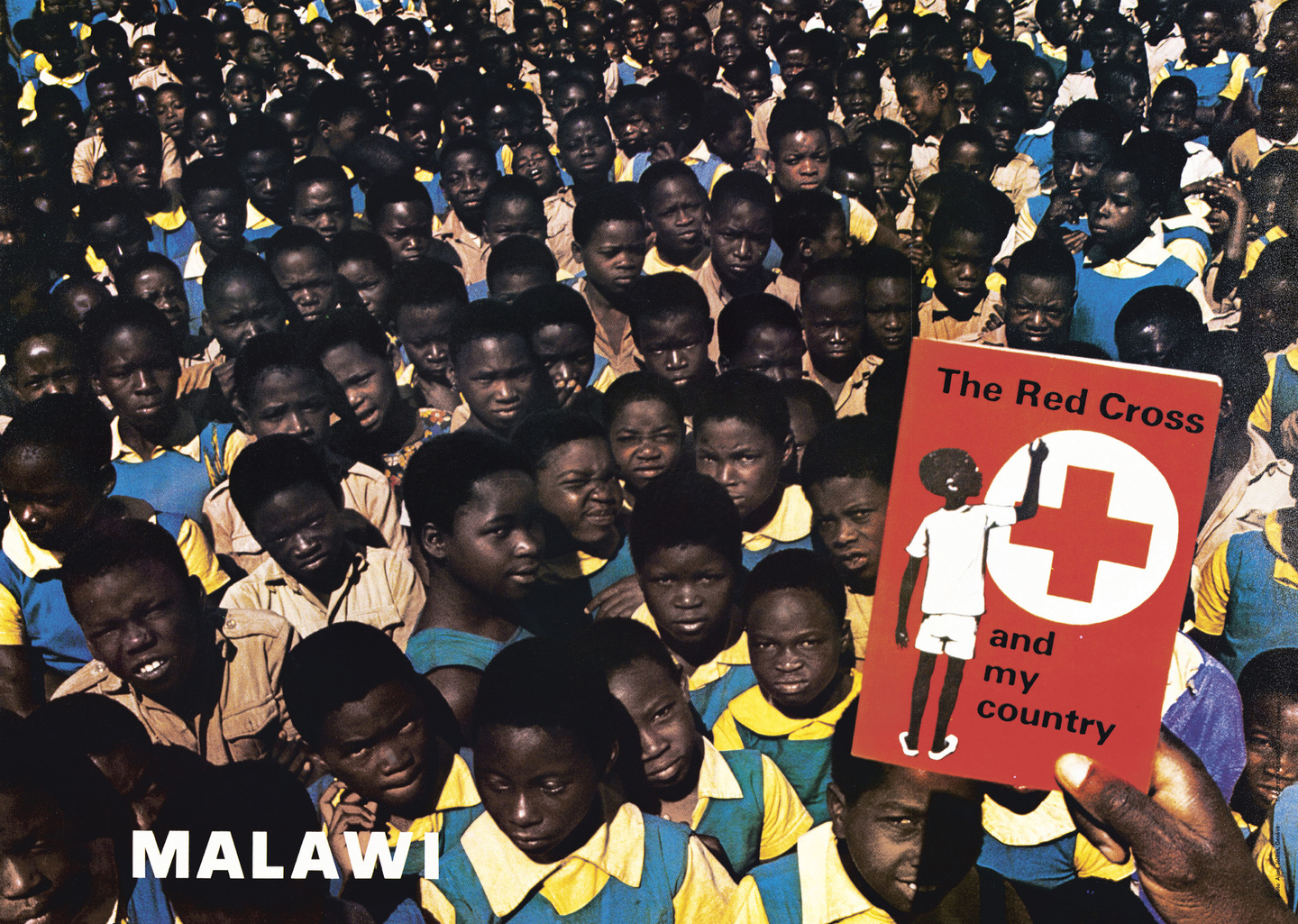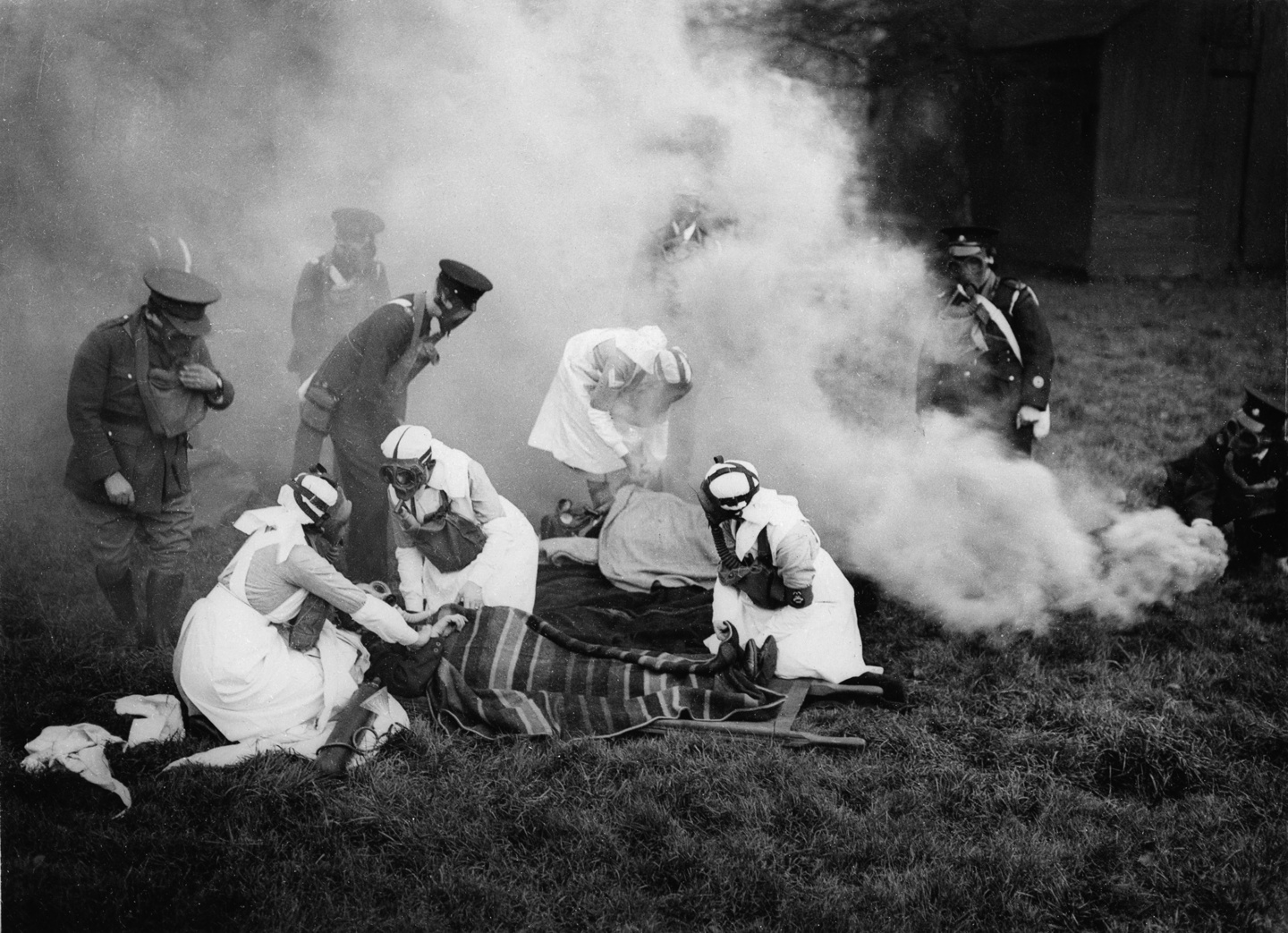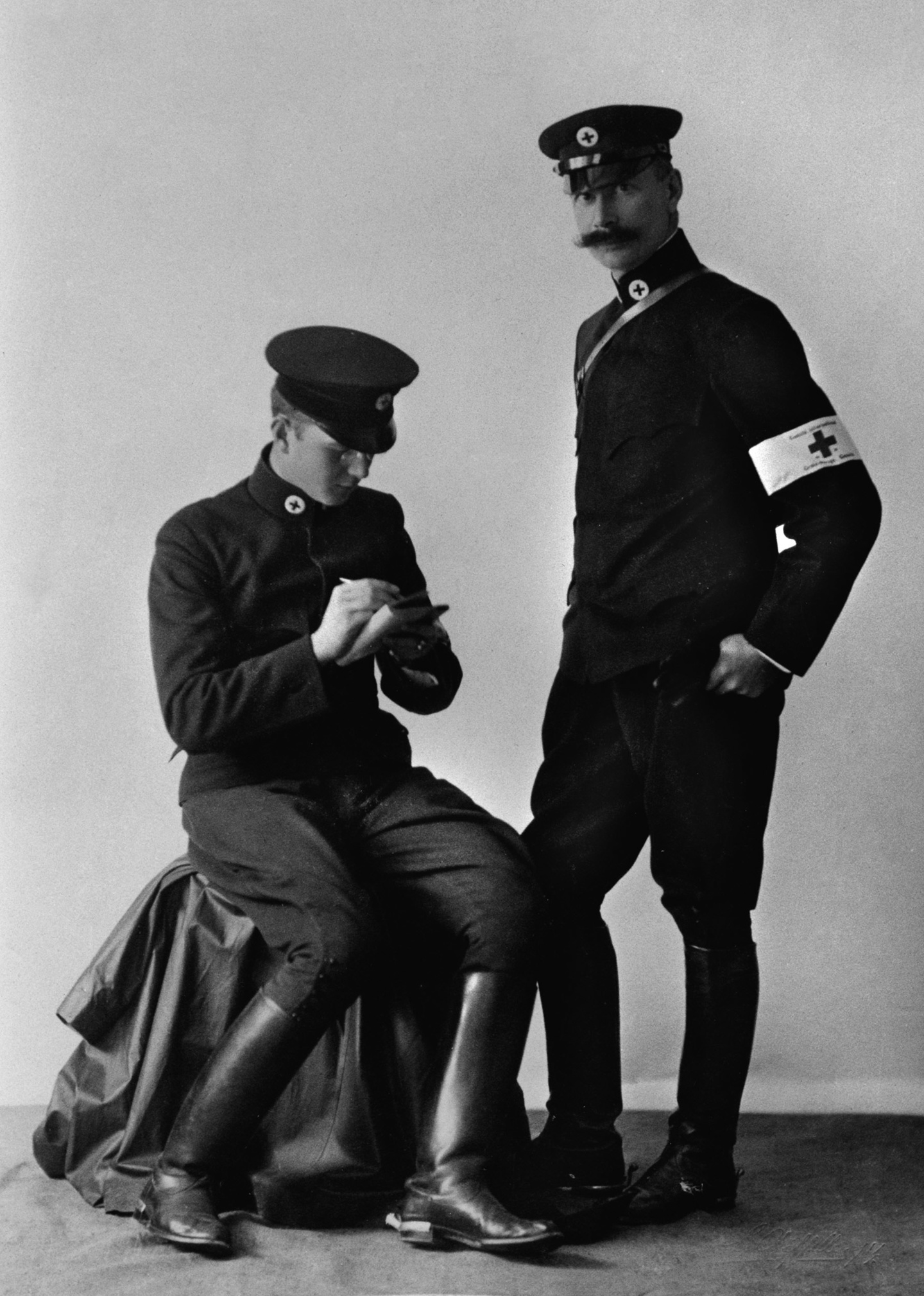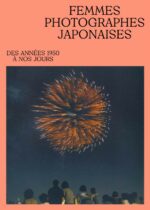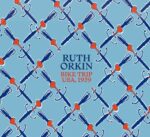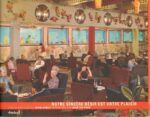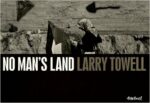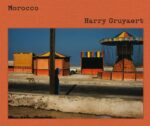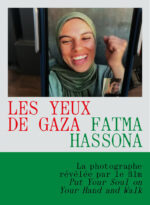C’est une archive exceptionnelle que dévoile cet ouvrage à l’occasion d’une exposition coproduite par le Musée international de la Croix-Rouge et du Croissant-Rouge et les Rencontres d’Arles où elle sera à découvrir cet été. Issues des collections du Mouvement international de la Croix-Rouge et du Croissant-Rouge, ces images révèlent un immense patrimoine resté encore peu exploré. De 1850 à nos jours, structuré en un parcours thématique (mobiliser, montrer, témoigner), le livre réunit des grands noms de la photographie, mais aussi des images prises par des humanitaires.
L’ouvrage est ponctué de photographies commentées par de grands témoins, photographes ou acteurs sur le terrain. Ces récits offrent des clés de lecture pour comprendre les codes de représentation de l’image humanitaireet permettent de souligner ce qu’elle raconte et ce qu’elle ne montre pas. C’est cette perspective critique que Nathalie Herschdorfer et Pascal Hufschmid développent dans leur introduction, décryptant les liens entre action humanitaire et image fixe. Parcourir un siècle et demi d’archives photographiques permet de saisir à quel point la photographie reproduit, renforce et réinvente les récits humanitaires ; sous la direction et introduction de Nathalie Herschdorfer et Pascal Hufschmid, préface de François Brugnion, photos en n.b. et en couleurs.
To Heal a World presents, in a variety of ways, more than 600 images dating from 1850 to the present. They include both public images used to communicate about humanitarian crises and more confidential ones, once reserved for internal use.
The works were carefully selected over the course of two years from a highly diverse corpus of photos: the collections of the MICR, the International Committee of the Red Cross (ICRC) and the International Federation of Red Cross and Red Crescent Societies (IFRC).
The broad scope of perspectives on display alerts viewers to the complexity of humanitarian work beyond the lens. A number of images were captured by well-known photographers – such as Werner Bischof, Susan Meiselas and Henri Cartier-Bresson from Magnum Photos agency – while others are the work of people employed by the International Red Cross and Red Crescent Movement or people directly affected by crises. The exhibition ends with a selection of personal photographs collected from migrants by Alexis Cordesse.
To Heal a World delivers a methodical analysis of the codes that underpin humanitarian imagery. Visitors are encouraged to view each image with a critical eye: where was it taken, what story does it tell, and what does it not show? In exploring the intentionality behind each work, the exhibition sets out a visual grammar of humanitarian action that can help to unlock meaning.

